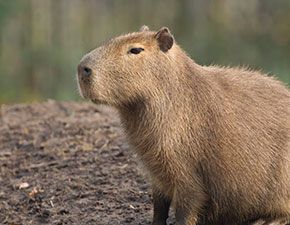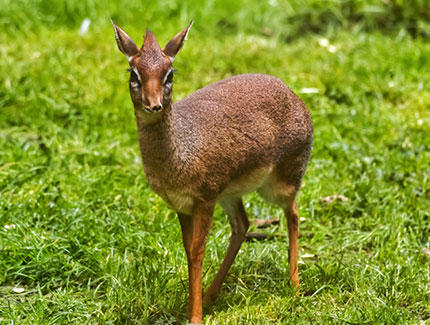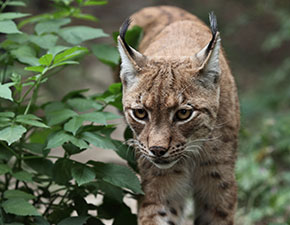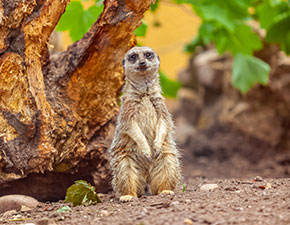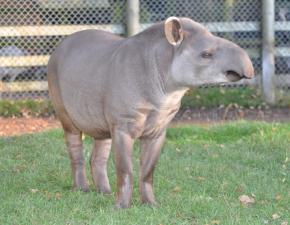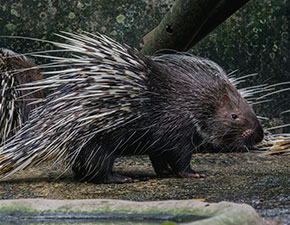
Andean bear
Tremarctos ornatus
IUCN red list status:
Vulnerable
For more information, please visit iucnredlist.org
They are omnivores and will eat a variety of food from palm trees, bromeliads, fruit and mammals such as rabbits and tapirs.
The only extant bear species in South America, endemic to the Tropical Andes.
20 years - they live a solitary lifestyle. However, they have been known to live up to their 30s.
Andean bears will have one to two cubs.
Andean Bear
Andean bears live in a wide range of habitats across the Tropical Andes, from dry and mountain forests to high-altitude grasslands and shrublands. They are highly adaptable, and their diet changes with the seasons based on food availability.
As omnivores, they will eat a mixture of plants and animals. Their strong jaw and teeth are perfect for grinding tough fibrous plants, and they even have a special 'pseudo-thumb' that helps them to grasp and eat hard vegetation. While their diet mainly consists of bromeliads, palm trees and seasonal fruits, they will occasionally hunt small animals such as rabbits and even tackle mountain tapirs.
These bears are excellent climbers and often build platforms in tress where they will rest, eat and guard their food. They are mostly active during the day making them diurnal creatures, and thanks to the steady food supply all year round they do not need to hibernate.
During the breeding season, males and females will only come together for mating. The female will usually give birth to twins, typically a few months before the peak fruiting season, so they can leave the den to feed when food is most plentiful. The cubs will spend the first three months of their life in the safety of their den.
WHY THEY NEED OUR HELP
Sadly, the Andean bear's habitat is under threat from farming, mining and oil exploitation. This loss of habitat affects their survival and the health of the ecosystem they live in.
Whilst there are 58 protected areas across their range and the species is listed under CITES Appendix I, many important areas across their distribution remain unprotected. Although hunting these bears is illegal, they are still poached for their meat, skin, bones and fat which are all in demand locally. This is why conservation efforts are crucial.
At DMR, we support the Andean Carnivore Conservation Programme (ACCP), which is a Bolivian-UK initiative working to protect these incredible animals and restore Bolivia's dry forests, all while promoting peaceful coexistence between people and wildlife.
Andean bears are part of an EEP (EAZA Ex-situ Programme), which is an international breeding programme that helps ensure the long-term survival of species in human care.
Did you know?
These bears get their name from the Andes Mountains, where they live. They are sometimes referred to as 'spectacled bears' because of the facial markings around their eyes. They are also the only remaining 'short-faced' bear species in South America.
